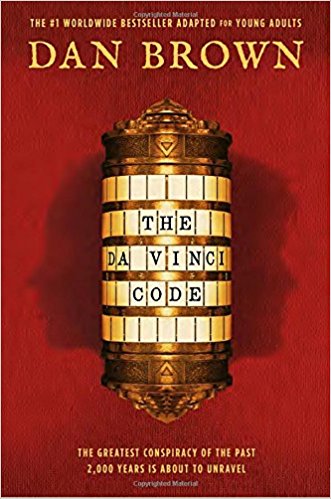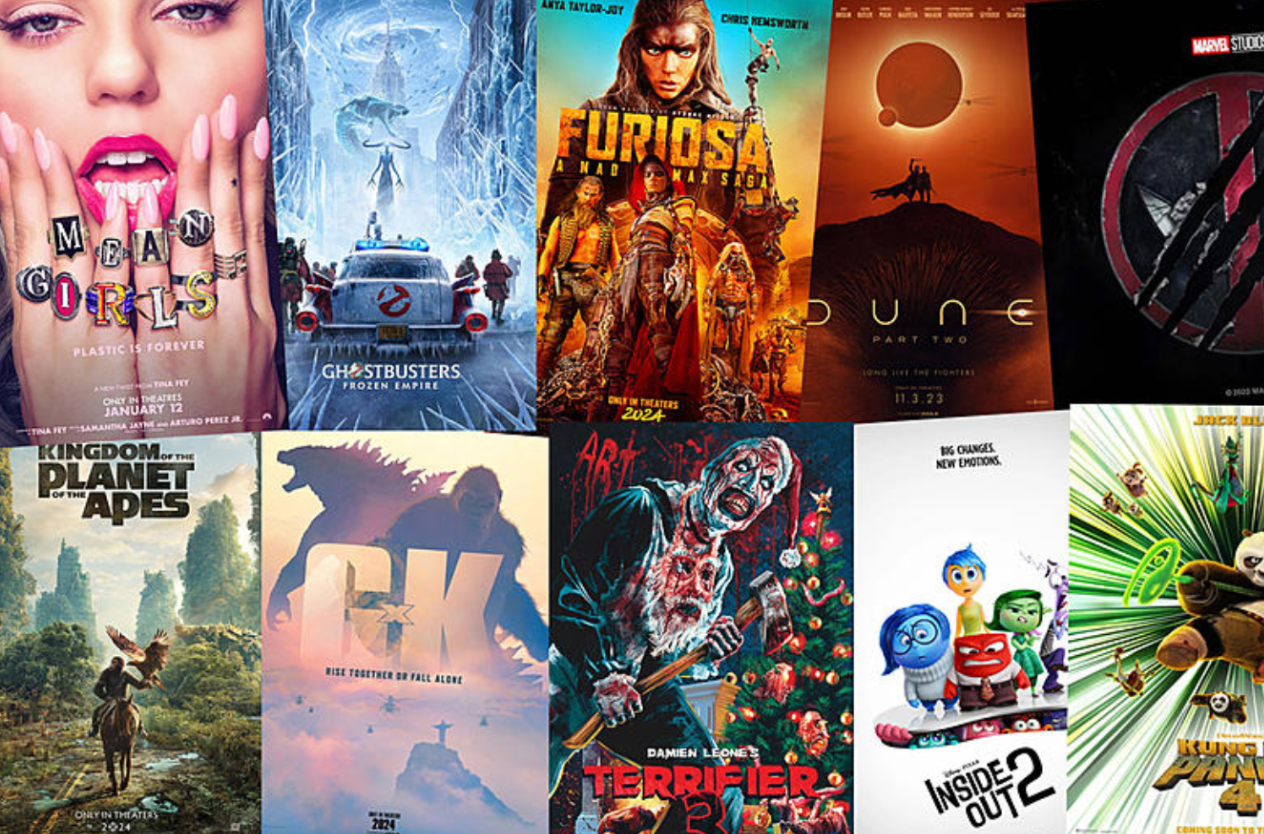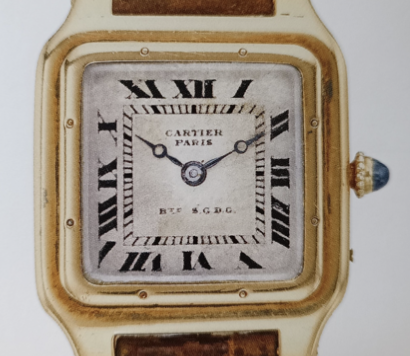By Aitor, Year 10
The Da Vinci Code (by Dan Brown) is an ingeniously written blockbuster where the renowned curator of the Louvre art museum is found dead, a bullet wound in his chest. The questions arise when one examines the crime scene and sees what the curator has done to himself in his last moments of life. Harvard symbolist Robert Langdon is called in to examine the curator’s handiwork and the truth he discovers is startling. Along with DCPT cytographer Sophie Neveu, Robert must break code after code, in a quest to find the most sought-after relic in human history…
Arguably, the greatest aspect of The Da Vinci Code are the riddles and codes presented to the protagonist and the reader. They all appear devastatingly complicated and yet once the answer is revealed, they are so painfully clear that the readers will find themselves with their face firmly burrowed in the palms of their hands. However, they never leave the reader feeling stupid or unsatisfied. After all, they are pitting themselves against a master in breaking these codes.
Another fantastically incorporated trope of the blockbuster genre is found within this book’s pages: twists! Who is the real mastermind trying to defeat our heroes? What will cracking the next code lead to? There’s always something new and unexpected lurking just around the corner. Similar to the puzzles in this book, they all make perfect sense and leave the reader excited for the next big twist.
There are many other great elements to enjoy in The Da Vinci Code. Everyone should have the chance to read this book at some point. I especially recommend this book to those with an unquenchable thirst for knowledge. To those people, this book will fill you with new ideas and make you see things where you thought you saw nothing. Plus it will make you feel smarter than your friends, and that is always worth it!



